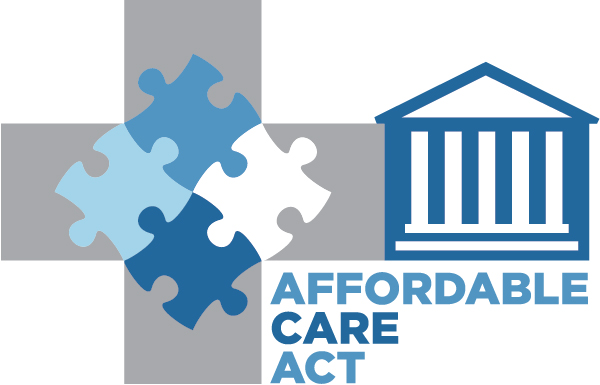Benefits
Intuit Prepares Accountants for ACA Provisions
It’s the height of tax season and the Affordable Care Act is on everyone’s mind as they try to figure out what that means for their taxes. For many Intuit customers and their clients, there’s help.
Mar. 13, 2015

It’s the height of tax season and the Affordable Care Act is on everyone’s mind as they try to figure out what that means for their taxes. For many Intuit customers and their clients, there’s help.
The financial solution provider has updated its Lacerte, ProSeries and Intuit Tax Online professional tax products to address ACA compliance. This comes right on time for the estimated 147 million taxpayers expected to file this year.
The U.S. government estimates that 94 million people are covered under some sort of health insurance plan, which means they or their accountant won’t have to worry about penalties, exemptions or the premium tax credit. However, for the other 36 percent of taxpayers, filing taxes this year could get confusing.
To ensure compliance with the ACA, accountants will need to file new forms for their clients. Under the ACA, there are Forms 1095-A, 1095-B, 1095-C, 8962 and 8965. Form 1094-A will be sent to anyone who purchased healthcare coverage from the market place. Forms 1095-B and 1095-C are optional this year and will come from the taxpayer’s insurance provider and employer, respectively. In 2016, all three forms will be mandatory to file for tax year 2015.
“Accountants need to discuss with their clients whether they are covered and then do due to verify that coverage,” said Michael D’Avolio, CPA, Senior Tax Analyst, Intuit’s Professional Tax Group. “What will need to be filed will vary depending on the taxpayer’s status and circumstances.”
Accountants should work with their individual taxpayer clients to ensure they have received the proper forms from either their employer, insurance provider or the healthcare marketplace. Taxpayers can use their insurance policy or Form W-2 as proof of insurance if they need to verify their coverage.
Once accountants have the necessary forms from clients, they are ready to file for tax year 2014, with plenty of help from Intuit. Intuit’s Lacerte, ProSeries, Intuit Tax Online products provide complete functionality for the new credit, penalty and exemptions. All three products have been updated with new questions and fields so tax preparers can ensure they are asking their clients the right questions in relation to the ACA. In addition, the screens are also patterned after the ACA source documents and feature interactive guides to direct users through completing the forms.
ProSeries has a new feature called “Explainable Calculations” that explains how certain ACA-related amounts were determined. Each of these fields will be highlighted in blue and the system will take the preparer through the worksheet used for the calculation. Both Lacerte and ProSeries offer credit and penalty computation capabilities.
Intuit has created a robust training resource for its customers. On top of the updated features of Lacerte, ProSeries and Tax Online, the company also offered training and webinars for professionals. The training included product demonstrations and tax law updates. Intuit’s ACA resource website (http://accountants.intuit.com/affordable-care-act/index.jsp) features recorded versions of its training sessions and other resources that accountants can share with their clients. While the company has concluded webinars focusing on the individual taxpayer provisions of the ACA, it has plans to roll out additional webinars in the future focusing on the business provisions.
“As recently as the fall, less than 7 percent of accountants felt ‘very prepared’ for this tax season as a result of the ACA. Consequently, we felt it was important to help accountants be equipped for these conversations with their clients,” said D’Avolio. “We’ve been adding quite a bit of training and tools to help these firms with ACA.”
The forms behind ACA:
- Form 1095-A, Health Insurance Marketplace Statement
- Form 1095-B, Health Coverage
- Form 1095-C, Employer Provided Health Insurance Offer and Coverage
- Form 8962, Premium Tax Credit. Taxpayers may be eligible for this credit if they purchase health insurance coverage from a marketplace and have a moderate to low income. Any advance payments received during the year are subtracted from the credit calculated on the tax return.
- Form 8965, Health Coverage Exemptions. Taxpayers that meet certain criteria are exempt from the individual shared responsibility provision and will not have to obtain coverage.
- Individual shared responsibility provision requires taxpayers and each family member to have qualifying health insurance, unless they have an exemption. Taxpayers who do not carry insurance and do not qualify for an exemption may be subject to a penalty when filing a federal income tax return.
